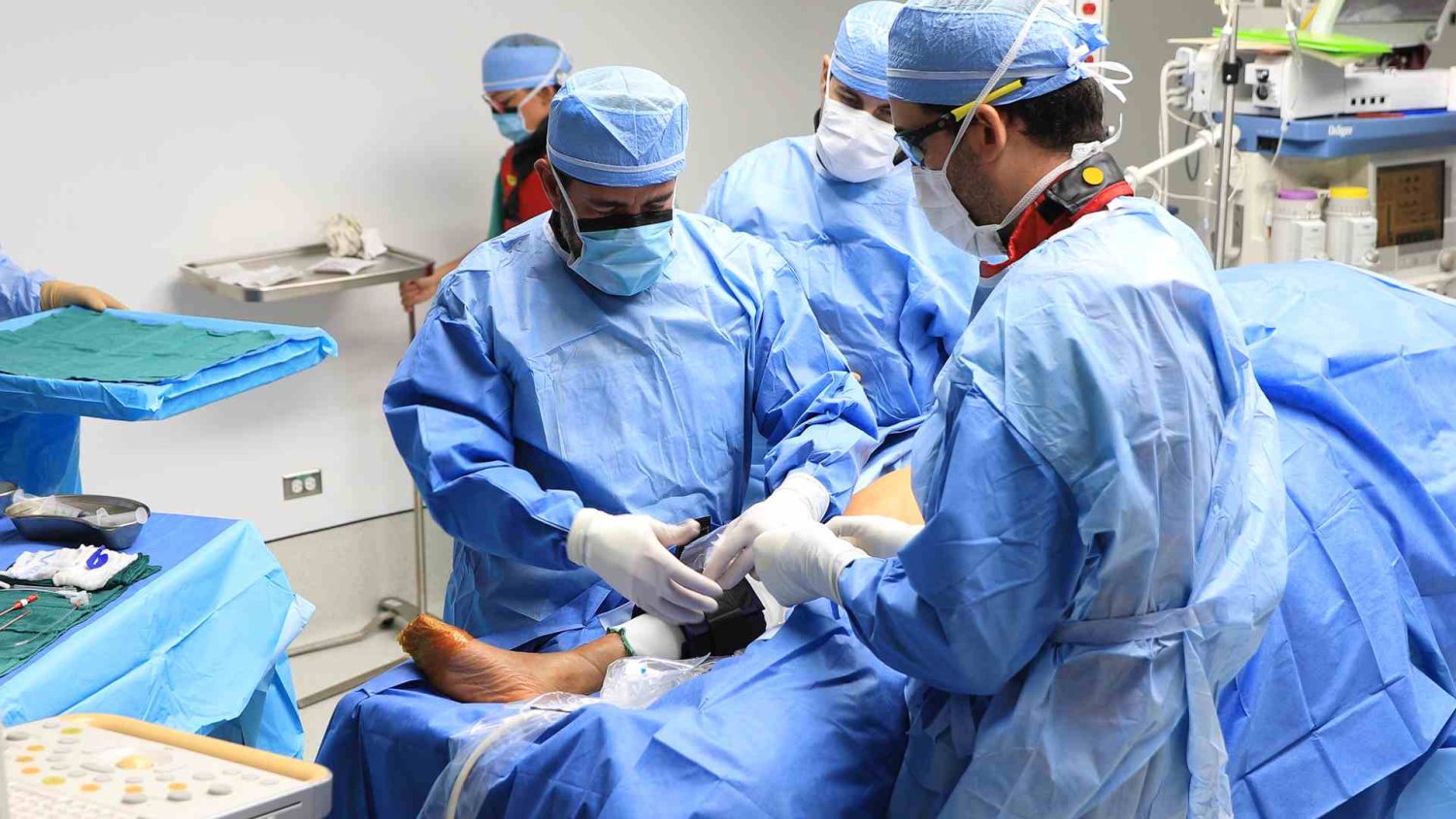

The article reports on a study conducted by the Centro Médico Episcopal San Lucas, in collaboration with Dr. Jorge Martinez Trabal, which was published in the New England Journal of Medicine, showcasing a minimally invasive procedure to treat patients with peripheral arterial disease, resulting in a 76% success rate in saving limbs from amputation.

"This procedure is used to treat patients with peripheral arterial disease who have tissue loss. This means that their arteries are obstructed and they have developed ulcers that have not been able to heal due to lack of circulation or gangrene. This study provides hope for patients, many of whom are diabetics, to heal their wounds and have a better quality of life without losing their leg," said Martinez Trabal.
It was found that 76% of patients were able to save their legs after being treated with the Limflow system for trans-catheter arterialization of deep veins. This minimally invasive procedure involves linking a tibial vein with a tibial artery so that the flow of blood can bypass the occlusion and reach the foot, thereby arterializing the foot vein in cases where there is no viable vein that carries blood flow.
"Patients who develop gangrene have a 50% risk of losing their limb. In Puerto Rico and the Caribbean, we are the only ones performing this procedure, along with 19 other centers in the United States. This technology provides us with treatment opportunities for patients with severe arterial disease," said the doctor.
Acute limb ischemia syndrome occurs when arteries become blocked, preventing blood and oxygen from reaching the lower part of the legs. As a result, patients experience chronic pain, non-healing wounds, infections, and other severe symptoms. This disease is closely related to diabetes and it is estimated that in the United States, a leg is amputated every two minutes. Amputation greatly affects patients. It is estimated that one-third of amputated patients develop depression or anxiety and that many experience "phantom pain," that is, pain when the limb is no longer there. This condition can also occur frequently in patients with coronary artery disease, chronic kidney disease, obesity, high cholesterol, or high blood pressure.
"We are proud to contribute to the field of health through research and studies that will help save patients' lives and take steps towards the development of medicine in Puerto Rico and the world. We are committed to education and have 8 graduate medical education programs," said Dr. Edgar Domenech, Chief Medical Officer of the Episcopal San Lucas Health System.
The Acute Vascular Surgery Center offers services to treat acute aortic syndrome and acute limb ischemia syndrome. They also treat vascular conditions such as wet gangrene, arterial conduit infection, groin complications, and dialysis access infection. Vascular surgeons and specialists are available 24 hours a day, 365 days a year at the Episcopal San Lucas Medical Center in Ponce.
"We are the leading academic tertiary hospital in the entire southern region, and we are very proud that our care center is an important academic space for professional development at the national and international level," said Elyonel Ponton Cruz, Executive Operational Director of the Episcopal San Lucas Medical Center.







